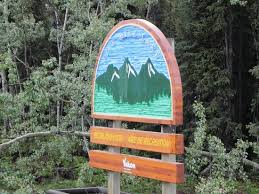
The strategy provides strategic guidance on how to sustainably deliver the environmental, economic, social and health benefits of Yukon’s network of parks and campgrounds. It will help ensure healthy land, healthy people and a healthy economy.
The Government of Yukon has released the Yukon Parks Strategy, setting long-term direction for Yukon’s territorial parks system from 2020 to 2030.
The strategy provides strategic guidance on how to sustainably deliver the environmental, economic, social and health benefits of Yukon’s network of parks and campgrounds. It will help ensure healthy land, healthy people and a healthy economy.
Major actions in the strategy include:
- extending the serviced campground season to five months, from May 1 to September 30;
- building a new campground near Whitehorse with up to 150 campsites;
- developing new trails in territorial parks;
- increasing accessible wilderness experiences at boat-in and hike-in campsites;
- an online reservation system pilot project for some campsites; and
- expanding park infrastructure and adding additional campsites at existing campgrounds.
In order to support continued quality service in Yukon parks and campgrounds, the strategy outlines operational priorities and increases to camping fees starting in 2022.
I am extremely proud of the Yukon Parks Strategy and look forward to the exciting changes coming for our parks and campgrounds over the next ten years. Parks and campgrounds are some of Yukon’s best assets and are beloved by Yukoners and visitors alike. By investing in Yukon’s parks system, we are supporting Yukoners to be active and explore the beautiful outdoors in our territory. It will also support Yukon’s tourism industry while providing local contracting opportunities. Minister of Environment Pauline Frost
In total, more than 1,500 Yukoners, 200 non-residents, 10 First Nations governments and 28 Yukon organizations provided input on the draft strategy in 2018 and 2019.
There are 10 strategic priorities the draft strategy proposes for the period from 2020 to 2030:
- Keep doing what’s working
- Develop a parks system plan
- Welcome year-round park use
- Enrich and diversify park experiences
- Make it easier to get a campsite
- Establish and operate new parks
- Ensure protection
- Advance reconciliation
- Modernize regulations
- Financially sustain our parks
Yukon’s system of territorial parks includes wilderness parks, campgrounds, recreation sites and others.
The Yukon government maintains 42 campgrounds with more than 1,000 campsites, 12 recreation sites and six larger wilderness parks like Tombstone.
More than one-quarter of Yukon’s population camp in government campgrounds every year. In 2018, these campgrounds provided over 57,000 nights of camping for over 89,000 people.


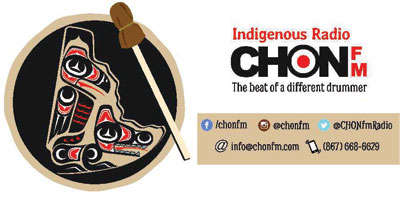
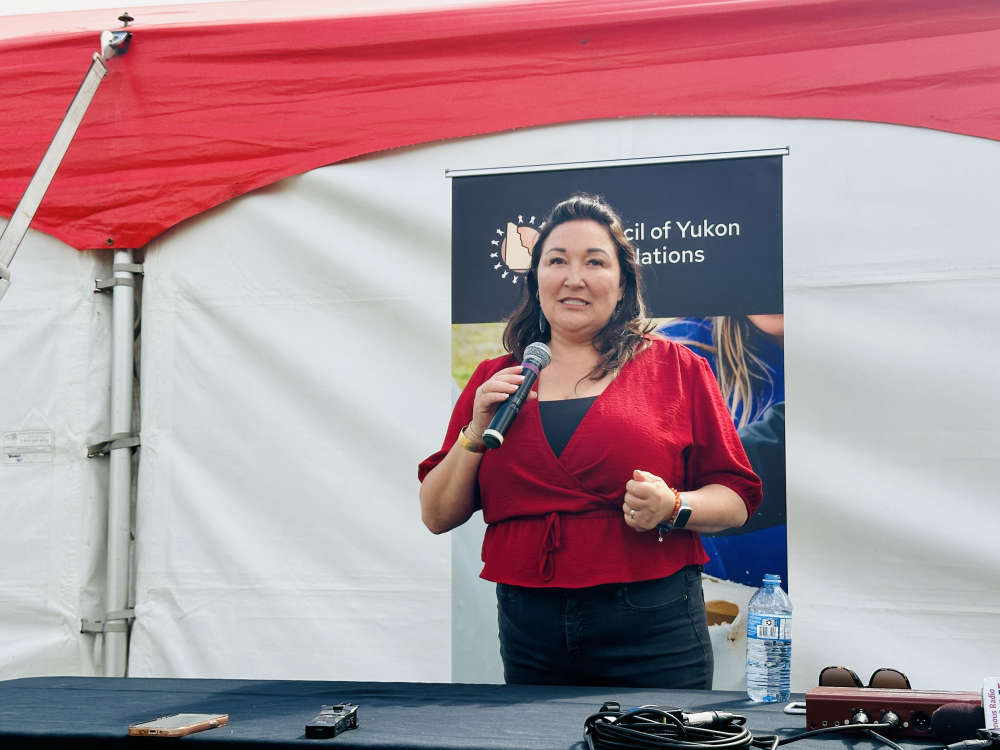 Math'ieya Alatini elected CYFN Grand Chief
Math'ieya Alatini elected CYFN Grand Chief
 Watson Lake man charged in firearm robbery
Watson Lake man charged in firearm robbery
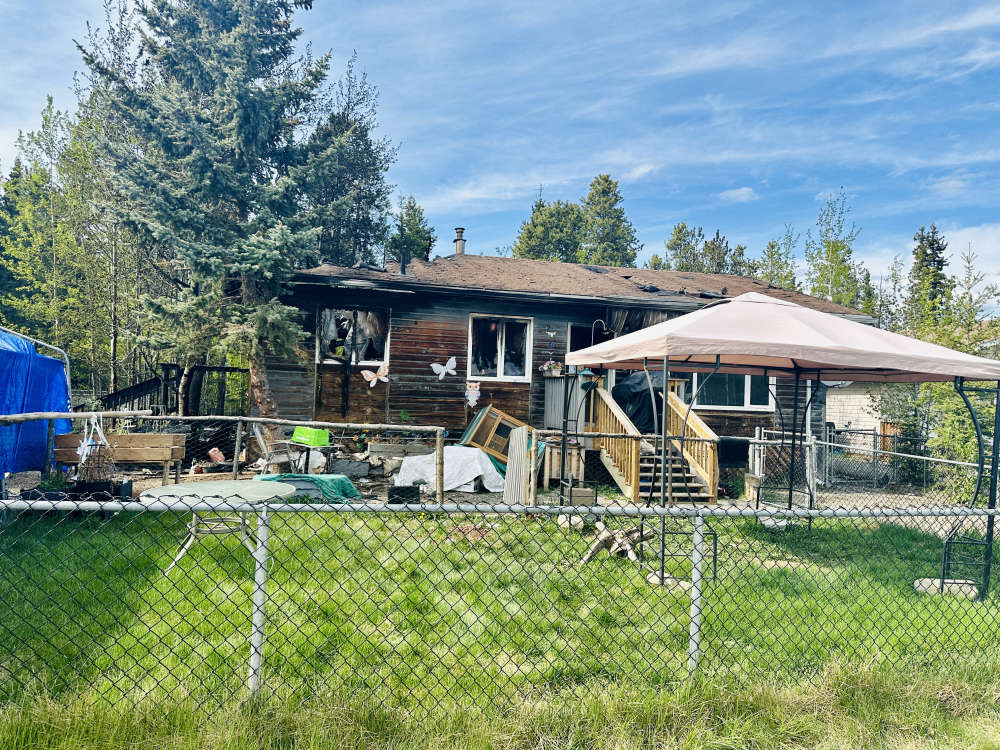 House fire in McIntyre contained
House fire in McIntyre contained
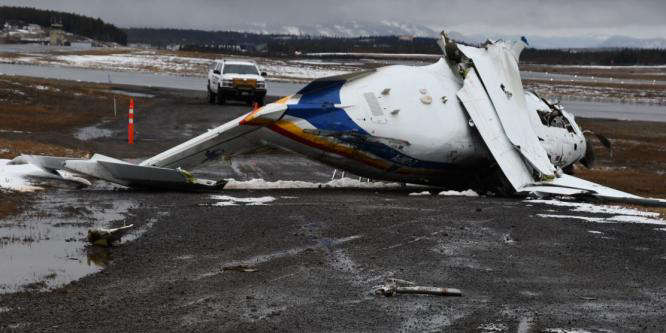 RCMP plane crash caused by faulty sensor: TSB report
RCMP plane crash caused by faulty sensor: TSB report
 New Fireweed Mental Health unit opens at Whitehorse General Hospital
New Fireweed Mental Health unit opens at Whitehorse General Hospital
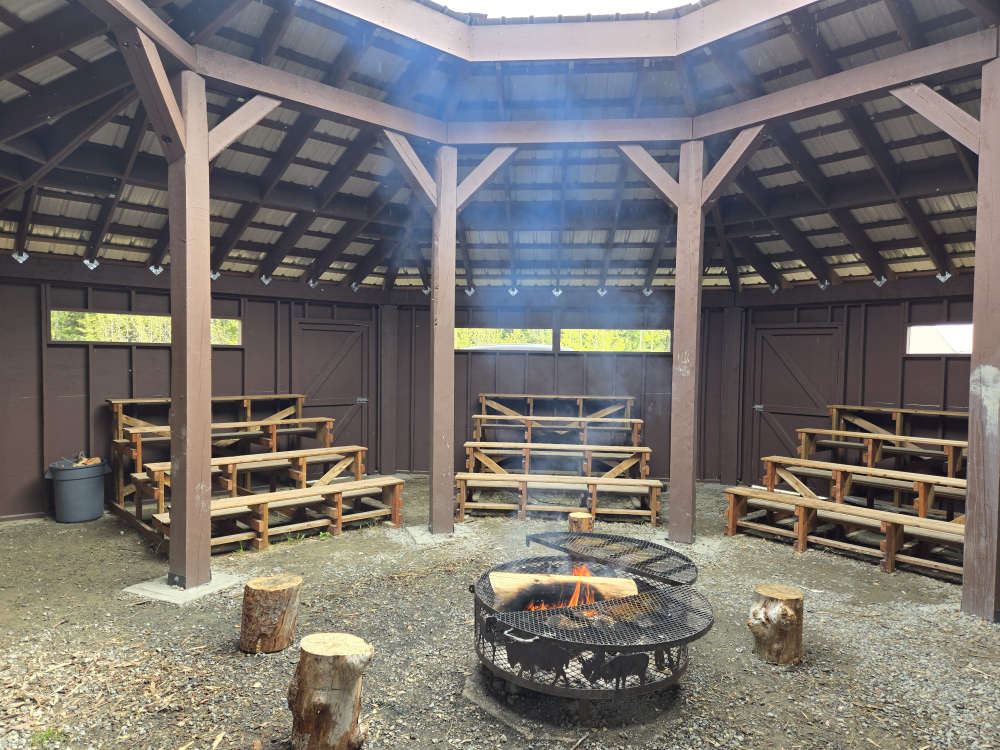 Traditional learning camp opens at Whitehorse school
Traditional learning camp opens at Whitehorse school
 Yukon Schools introduce online registration for bus service
Yukon Schools introduce online registration for bus service
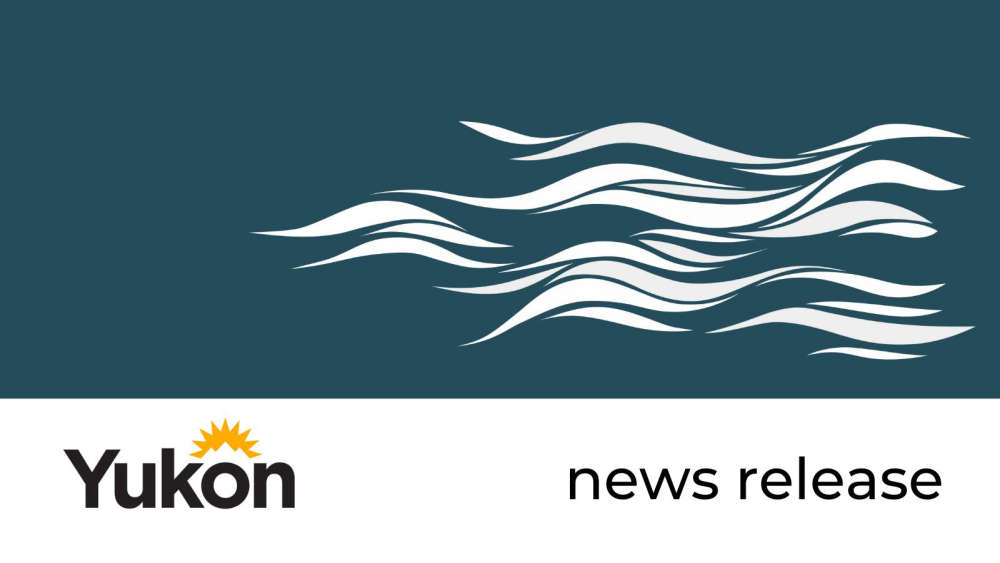 Yukon Government unveils progress in healthcare transformation with 2024 Putting People First annual report
Yukon Government unveils progress in healthcare transformation with 2024 Putting People First annual report
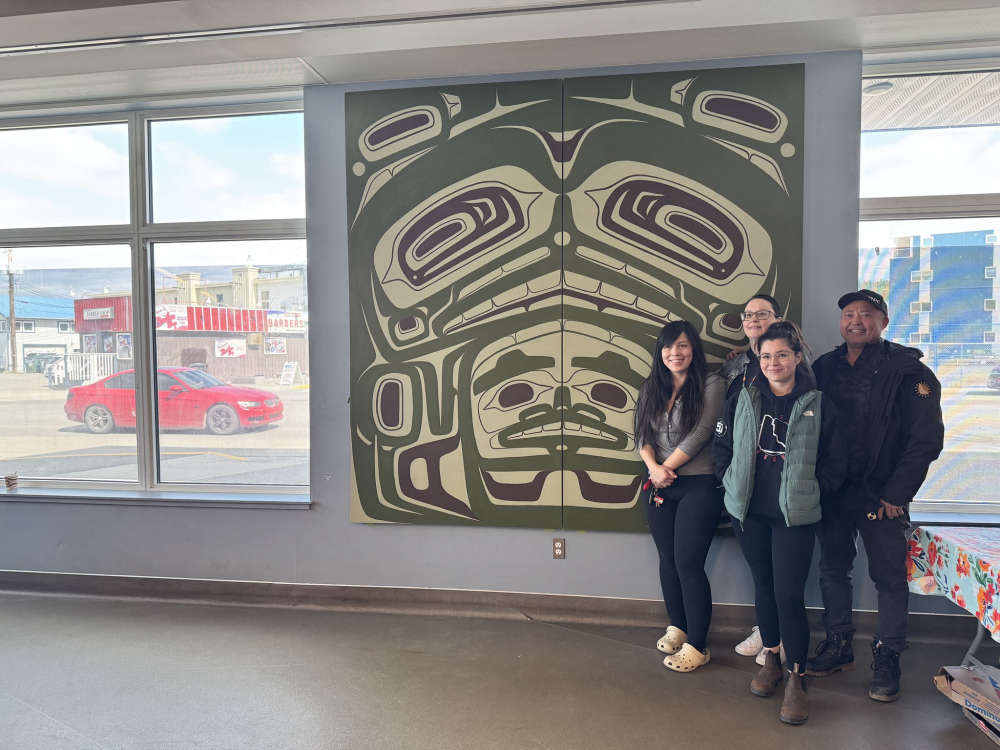 Whitehorse Emergency Shelter unveils New Artwork celebrating Yukon First Nations culture
Whitehorse Emergency Shelter unveils New Artwork celebrating Yukon First Nations culture
 Former Whitehorse City Councillor Ted Laking announces bid for Yukon Party nomination in Porter Creek Centre
Former Whitehorse City Councillor Ted Laking announces bid for Yukon Party nomination in Porter Creek Centre
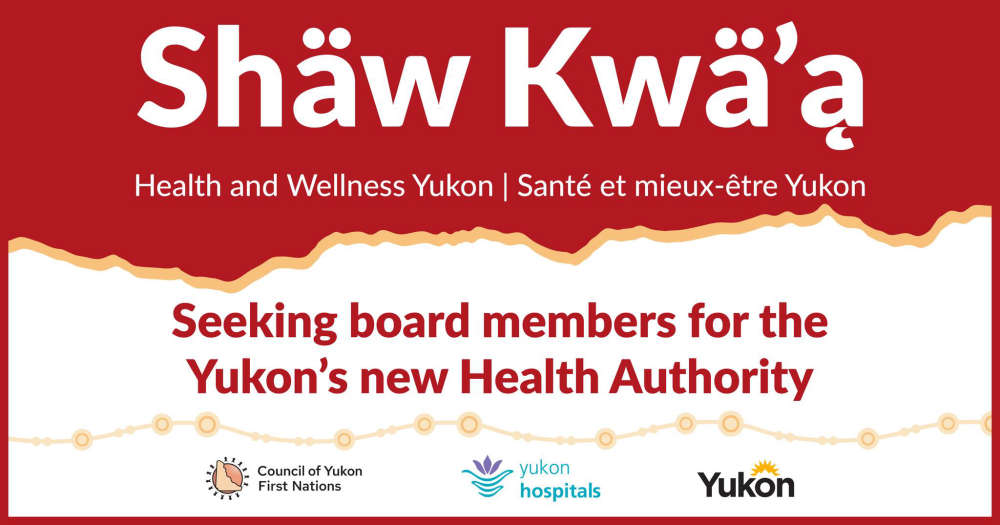 Yukon Government seeks applicants for new Health Authority Board
Yukon Government seeks applicants for new Health Authority Board
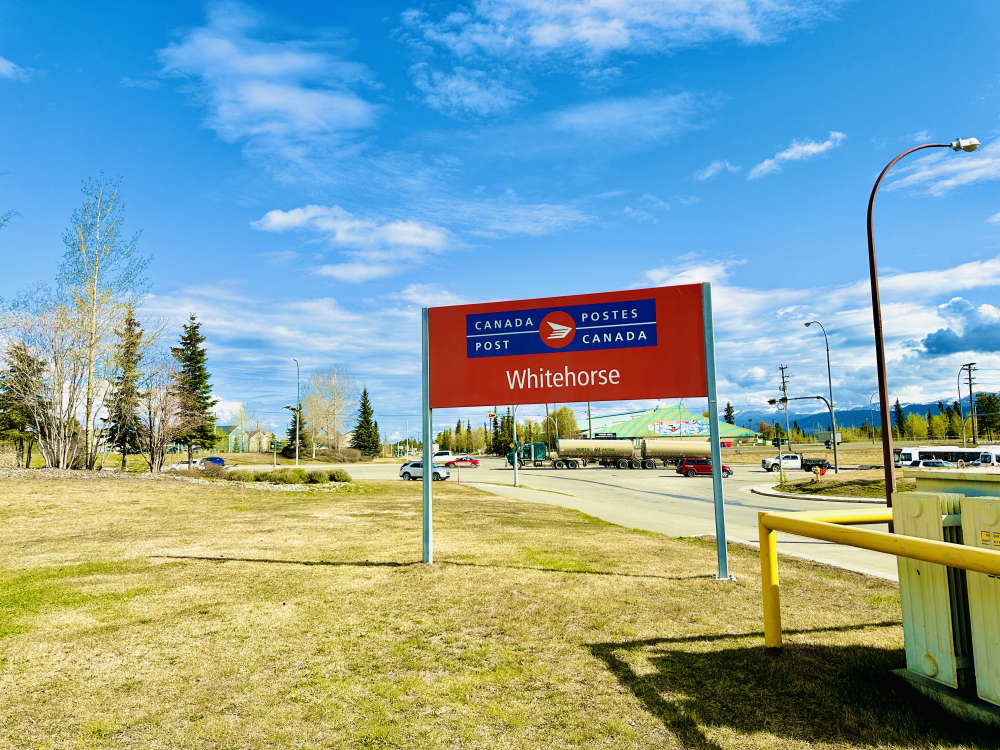 Canada Post strike looms, Yukoners brace for disruption
Canada Post strike looms, Yukoners brace for disruption
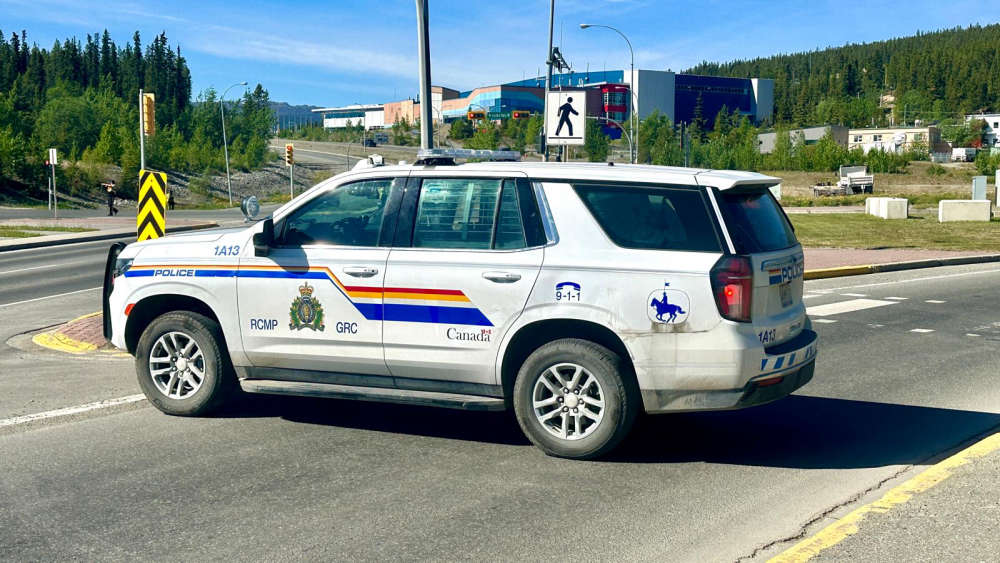 Driver charged in fatal collision that killed Yukon Government Deputy Minister and injured Minister
Driver charged in fatal collision that killed Yukon Government Deputy Minister and injured Minister
 Yukoners encouraged to apply for Northwestel's Northern Futures Scholarship Program
Yukoners encouraged to apply for Northwestel's Northern Futures Scholarship Program
 City of Whitehorse summer transportation maintenance work underway
City of Whitehorse summer transportation maintenance work underway
 Yukon Government seeks input on new downtown public school
Yukon Government seeks input on new downtown public school
 Indigenous leadership takes centre stage: Rebecca Chartrand and Mandy Gull-Masty appointed to key cabinet roles
Indigenous leadership takes centre stage: Rebecca Chartrand and Mandy Gull-Masty appointed to key cabinet roles
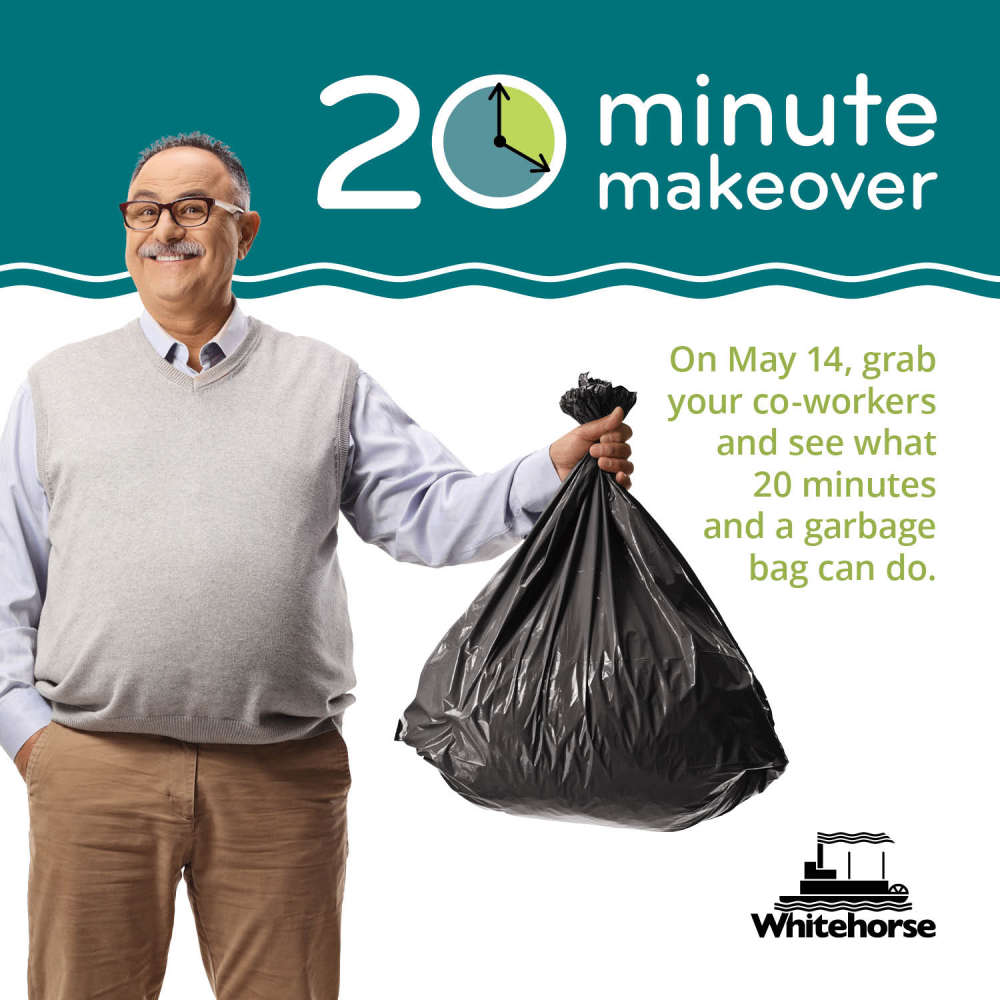 Whitehorse prepares for Annual 20-Minute makeover
Whitehorse prepares for Annual 20-Minute makeover
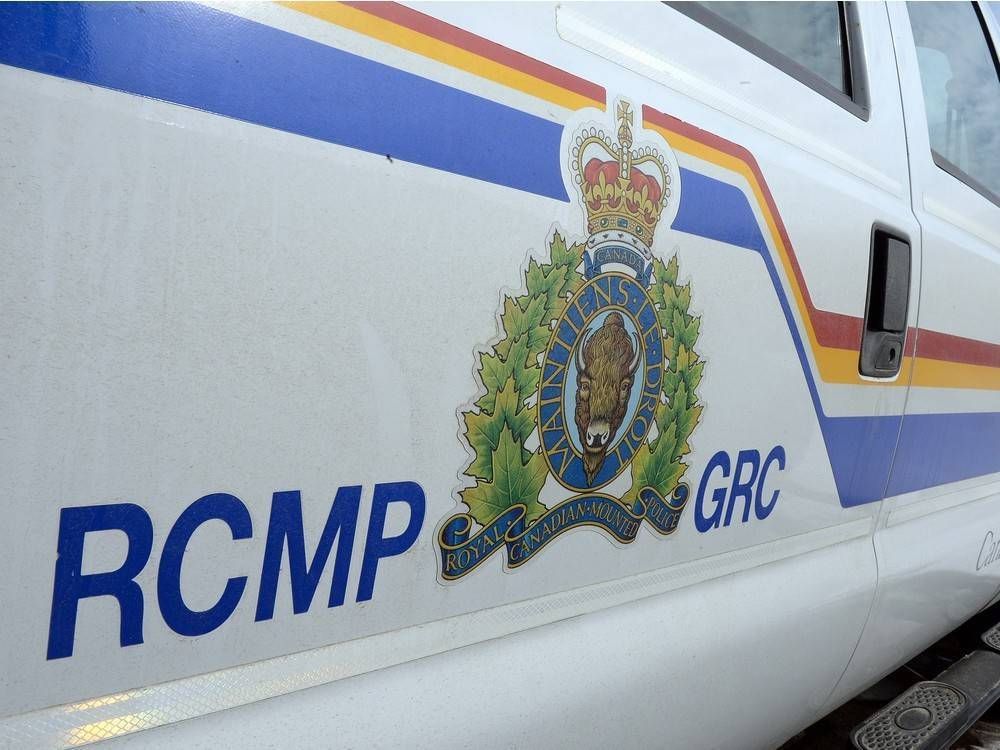 RCMP conducting training exercises on Schwatka Lake
RCMP conducting training exercises on Schwatka Lake
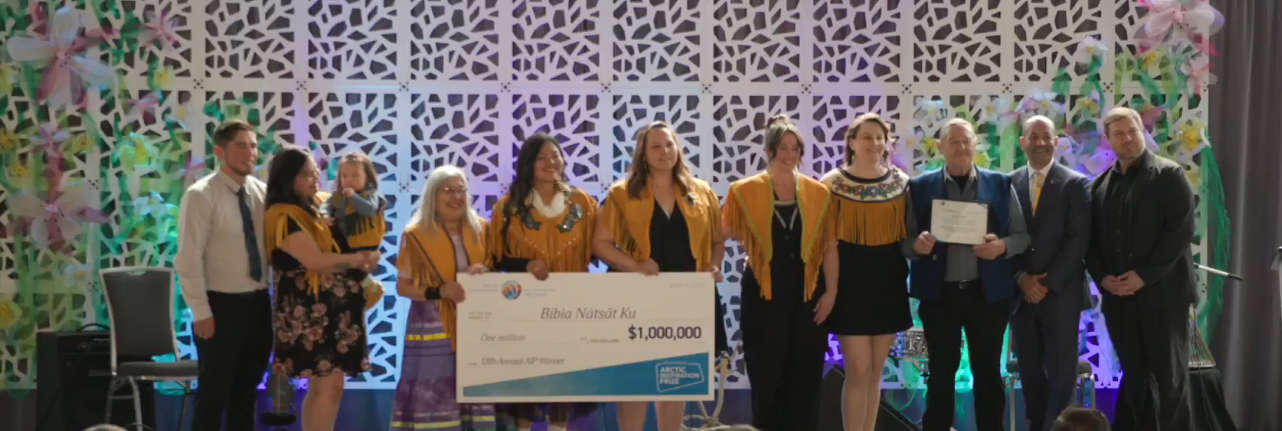 CYFN makes history as winner of prestigious Arctic Inspiration Prize
CYFN makes history as winner of prestigious Arctic Inspiration Prize